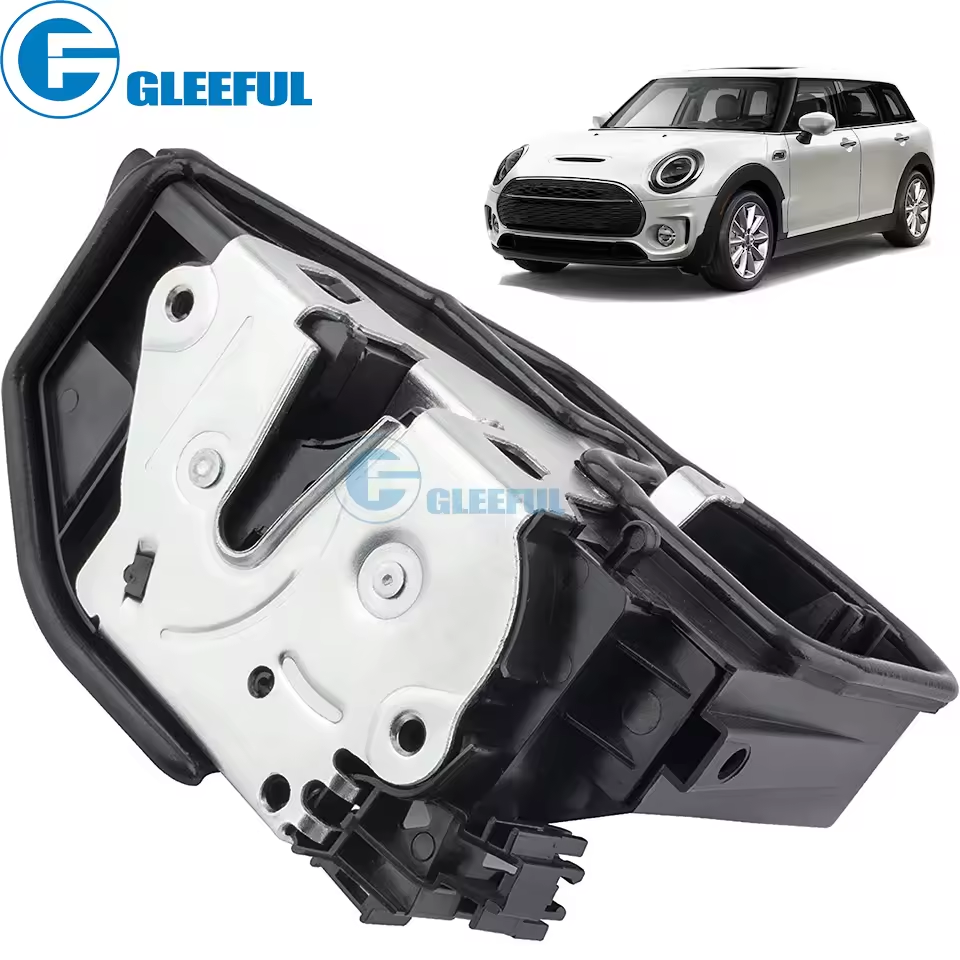Winter conditions can be particularly challenging for vehicles, with cold temperatures and icy conditions affecting various components, including door lock actuators. Selecting the right door lock actuator is crucial to ensure smooth operation during the coldest months of the year. In this comprehensive guide, we'll delve deeper into the key factors to consider when choosing the best door lock actuator for winter conditions.

Durability and Materials: The durability of a door lock actuator largely depends on the materials used in its construction. Opt for actuators made from high-quality materials such as stainless steel, reinforced plastic, or aluminum alloys. These materials are not only durable but also resistant to corrosion, ensuring reliable performance even in harsh winter weather.
Stainless steel actuators, in particular, are known for their exceptional strength and resistance to rust, making them an excellent choice for winter conditions. Similarly, reinforced plastic actuators offer a lightweight and corrosion-resistant alternative, ideal for vehicles exposed to moisture and road salt during the winter months.
Weatherproofing Features: When selecting a door lock actuator for winter use, pay close attention to its weatherproofing features. Look for actuators equipped with rubber seals or gaskets that prevent moisture from penetrating the internal components. Additionally, consider models with corrosion-resistant coatings or treatments that provide an extra layer of protection against the elements.
Some advanced door lock actuators feature integrated heating elements or thermal insulation, designed to prevent freezing and ensure smooth operation even in sub-zero temperatures. These features are particularly beneficial for vehicles parked outdoors or exposed to extreme cold weather conditions.
Compatibility and Fitment: It's essential to choose a door lock actuator that is compatible with your vehicle's make and model. Check the specifications provided by the manufacturer to ensure a proper fit and functionality. Keep in mind that different vehicles may have varying requirements in terms of size, shape, and mounting configuration.
Before purchasing a door lock actuator, verify its compatibility with your vehicle's existing wiring harness and control system. Some aftermarket actuators may require additional adapters or modifications for proper installation, so be sure to factor in any compatibility issues when making your selection.
Power Source and Mechanism: Door lock actuators can be powered by either electricity or pneumatic pressure, each with its advantages and drawbacks. Electric actuators are the most common type and are generally easier to install and integrate into the vehicle's electrical system. However, they may be susceptible to freezing or electrical malfunctions in extremely cold temperatures.
Pneumatic actuators, on the other hand, rely on compressed air or hydraulic fluid to operate, offering greater resistance to freezing and temperature extremes. While less common than electric actuators, pneumatic models may be preferred for vehicles operating in frigid climates or exposed to severe winter weather conditions.
Ease of Installation and Maintenance: Consider the ease of installation and maintenance when selecting a door lock actuator for winter use. Look for models that come with comprehensive installation instructions and require minimal tools for assembly. Some manufacturers may offer installation kits or accessories to simplify the process further.
Additionally, choose door lock actuators that are easy to access and service, particularly in colder weather when working conditions may be less than ideal. Models with removable covers or panels allow for quick inspection and maintenance, ensuring optimal performance and reliability throughout the winter season.
Price and Warranty Coverage: Compare prices from different manufacturers to find a door lock actuator that offers the best value for money. While price is an important consideration, prioritize quality and reliability when making your selection. Additionally, check the warranty coverage offered by the manufacturer, as it provides added protection and peace of mind.
A longer warranty period indicates confidence in the product's quality and durability, giving you reassurance that the door lock actuator will withstand the rigors of winter conditions. Be sure to read the warranty terms and conditions carefully, paying attention to any exclusions or limitations that may apply.
In conclusion, selecting the best door lock actuator for winter conditions requires careful consideration of factors such as durability, weatherproofing features, compatibility, power source, ease of installation, maintenance, price, and warranty coverage. By choosing a high-quality actuator that meets these criteria, you can ensure reliable performance and peace of mind during the harshest months of the year.
GET A QUOTE